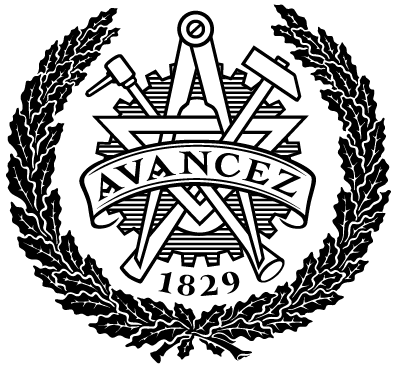Visualisering och simulering av SII-labbets drönarfabrik i IPS
| dc.contributor.author | Salihovic, Medina | |
| dc.contributor.author | Nilsson, Felix | |
| dc.contributor.department | Chalmers tekniska högskola / Institutionen för industri- och materialvetenskap | sv |
| dc.contributor.department | Chalmers University of Technology / Department of Industrial and Materials Science | en |
| dc.contributor.examiner | Johansson , Björn | |
| dc.contributor.supervisor | Söderlund, Henrik | |
| dc.date.accessioned | 2024-09-16T09:00:27Z | |
| dc.date.available | 2024-09-16T09:00:27Z | |
| dc.date.issued | 2024 | |
| dc.date.submitted | ||
| dc.description.abstract | The content of the completed degree work consists of a practical part in the form of a simulation model, and a theoretical part with a focus on comparison between the VR environment and the real one with greater focus on ergonomic aspects. The project consists of a virtual simulation of an assembly line for a drone. Based on the line located in the Stena Industry Innovation Lab on the Chalmers campus, Lindholmen. The project is carried out in the Industrial Path Solutions software. The simulation depicts the assembly process of all drone components at 5 different workstations. The end result was a simulation supported by VR. Here, tools such as pointcloud and CAD files have been used together to depict the real environment. CAD files for the drone as well as the point cloud by the SII-lab were provided, or created for the success of the project. An ergonomics study was conducted at one of the assembly line workstations, with the aim of investigating differences between the simulated and real environment. In this phase, an ergonomics test was prepared using RULA assessment and IPS's software. 5 participants got to test assemble the drone in two different environments, VR in IPS and on a real workstation. A RULA evaluation was performed on the movements seen during assembly. The participants also recieved questions in a questionnaire study with open discussion similar to an interview. The result showed variations in that the RULA score showed a trend towards higher scores in the Virtual Reality environment. Which indicates that better conditions in VR would have been desirable. Further research has been carried out with the aim of finding out how companies today use VR and what advantages or difficulties come with it. For this part, interviews and literature studies have been used methods. Companies such as Volvo Cars and Virtual Manufacturing Sweden AB have participated in the interviews and provided a good insight into how, among other things, VR can help with engineering decisions and areas of use. Based on these sources, this report contributes to providing good insight into how VR can be used as an engineering tool. However, our report also shows that there is room for improvement to achieve reliable realism in ergonomic studies, as we saw a varying result between the physical and virtual environment. | |
| dc.identifier.coursecode | IMSX20 | |
| dc.identifier.uri | http://hdl.handle.net/20.500.12380/308612 | |
| dc.language.iso | swe | |
| dc.setspec.uppsok | Technology | |
| dc.title | Visualisering och simulering av SII-labbets drönarfabrik i IPS | |
| dc.type.degree | Examensarbete på grundnivå | sv |
| dc.type.uppsok | M | |
| local.programme | Maskinteknik 180 hp (högskoleingenjör) |
Ladda ner
Original bundle
1 - 1 av 1
Hämtar...
- Namn:
- Visualisering och simulering av SII labbets drönarfabrik i IPS.pdf
- Storlek:
- 3.26 MB
- Format:
- Adobe Portable Document Format
License bundle
1 - 1 av 1
Hämtar...
- Namn:
- license.txt
- Storlek:
- 2.35 KB
- Format:
- Item-specific license agreed upon to submission
- Beskrivning:
